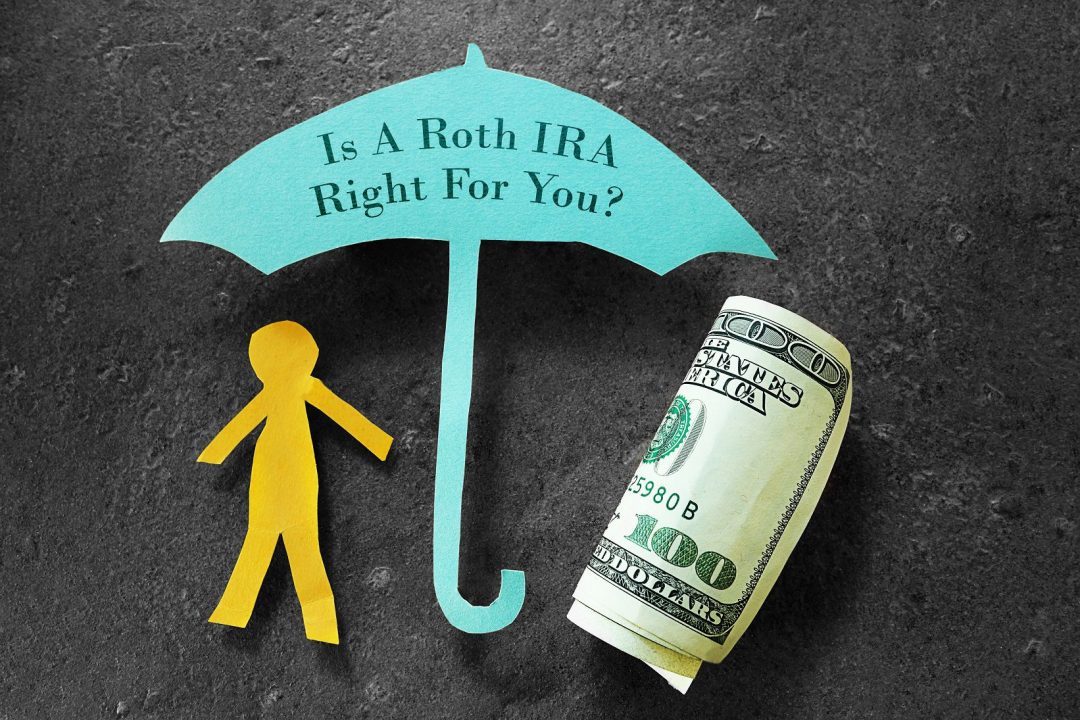As many today already know, it is not a good practice to simply rely on workplace-sponsored retirement accounts. You must have alternate ways to save, such as stashing extra saving into a personal retirement account (IRAs in short).
IRAs are a good way to save since they make for a better compound and offer better tax benefits. The amount of benefits you get, however, depends on which type you select traditional or Roth.
When it comes to choosing ones, things can get confusing. After all, as of 2015-2016, yearly payments made to both are similar i.e. $5,500 per person for those under the age of 50, and $6,500 for those aged 50 and above. However, according to many experts, the Roth IRA stands as a better candidate since it is more flexible in terms of funding and withdrawing funds and offers bigger tax benefits.
According to Rick Meigs, 401kHelpCenter.com president, Roth IRA is definitely the better option. He particularly finds it better on account of the fact that it does not have the mandatory requirement of taking withdrawals at seventy and one half, and allows people to keep forwarding payments there.
While payments to a Roth IRA are indeed funded with post-tax earnings, they go on to become tax-free and can be withdrawn as such as well, in the event that the account is at least years old, and that you are at least 59 1/2 old at the time of distribution.
Meigs finds the feature of being able to contribute to Roth as long as one earns money particularly helpful, especially for those who intend to work beyond their past traditional retirement years. On the flip side, savers stand to pay a 10% penalty if they withdraw earnings before they turn 59 1/2. After that age, however, they can withdraw the contributions at any time.
It does not come without its problems, however. Sometimes, you may find that you are in fact “earning too much” to fund a Roth IRA. Roth IRAs are generally available exclusively to with a modified A.G.I. that is below of $132,000 in 2016. For married couples filing a joint tax return, this figure stands at $194,000.
In case your income renders you ineligible to funding a Roth IRA, you should consider the traditional IRA. It does have its own set of advantages.
Perhaps the biggest advantage of a traditional IRA is the fact that it allows you to claim a complete income-tax deduction for your contributions. To take that advantage, you must not have access to another work retirement plan, like a 401(k). The income cap for single filers who have access to any such plans is $61,000; they can get a partial deduction if their earning is above $61,000 but below $71,000. Income limits are trickier for married couples who file jointly, those with a plan have a limit that can be anywhere between $98,000 to $118,000. If you don’t have a plan but your spouse does, you can get a limit that stands anywhere between $184,000 and $194,000. Once again, if you don’t have another office-sponsored retirement plan, you can get the full tax deduction for your contributions no matter what your income is.
And in case you cannot claim tax breaks from traditional IRA altogether, you can still make nondeductible contributions to a traditional IRA. Since 2010, you also have the option to convert a traditional IRA to a Roth, regardless of your income and filing status.
